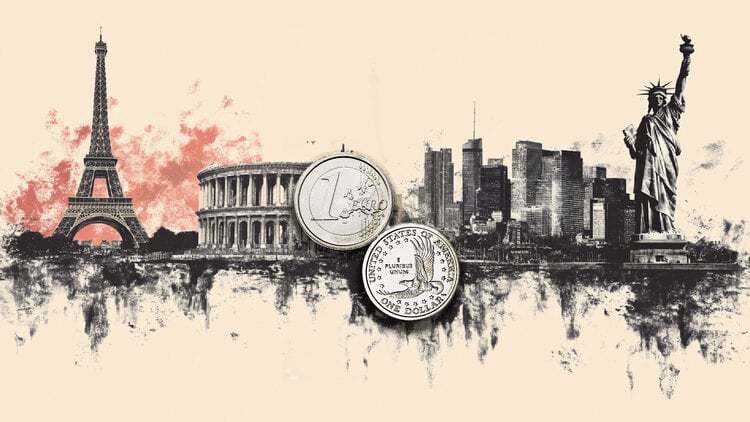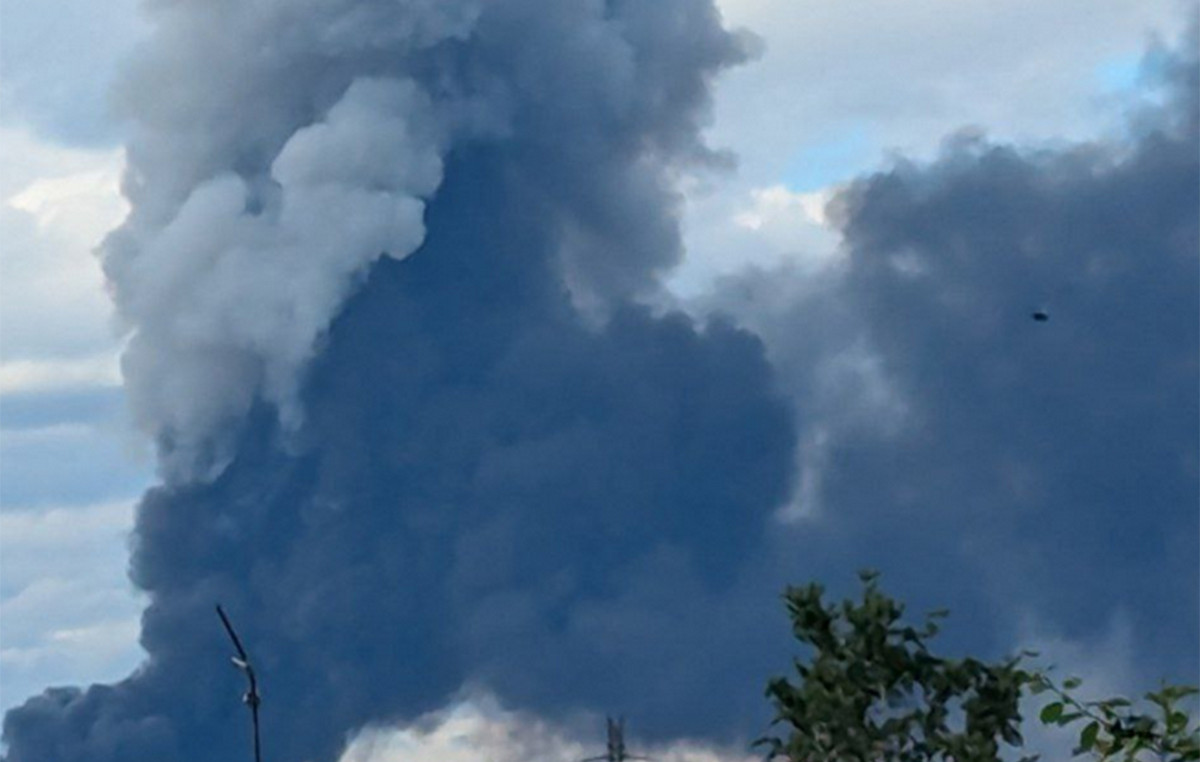The rise in interest rates brings negative consequences for the economy, such as the increase in credit for individuals and companies, creating difficulties in investments and hiring. In this scenario, as in a “domino effect”, it may lead to an increase in unemployment and a reduction in the pace of economic activity in general, according to specialists consulted by the CNN .
“Production activity decreases, the cost of credit increases, it becomes more expensive to request money to purchase goods and services. Consequently, production and demand decrease and the economy slows down”, says José Márcio Camargo, chief economist at Genial Investimentos.
Currently, the basic interest rate, the Selic, is at 13.75%, the highest level since 2016.
The increase in interest rates is the tool used by the Central Bank to contain inflation. Despite the side effects they may have on the economy, economists argue that it is a necessary remedy and a forced reduction in rates would have the opposite effect on prices.
“First of all, it is important to understand why the Central Bank raises interest rates. It goes up for a specific reason, which is to reduce inflation. He has to reduce demand. The negative consequences are the working mechanisms for inflation to retreat. Without these consequences, inflation rises and this makes life difficult for consumers and producers”, ponders Thais Zara, economist at LCA Consultores.
In addition to the high nominal rate, Brazil continues to be the country with one of the highest real interest rates in the world. The ranking was prepared by the manager Infinity Asset Management, which follows a group of the 40 main global economies. Real interest is the current interest rate minus inflation.
The list of highest real interest rates is led by other Latin countries that come right after Brazil: in Mexico, the discounted rate of inflation is 5.5%, in Chile it is 4.7% and, in Colombia, 3%.
Job market
José Márcio Camargo mentions that the labor market is also one of the channels of the economy that can suffer from high interest rates, since the slowdown in the economy means that companies hire less and it becomes more expensive to maintain workers.
“The negative effect is a possible increase in the unemployment rate to hold back demand, but it is what is needed to fight inflation. It is important for balance”, says the expert.
The Minister of Labor and Employment, Luiz Marinho, pointed out the impact of the rates on job creation.
Last Thursday (9), Marinho pointed out that the level of household debt and the high commitment of income, added to the increase in fixed expenses in January, lead companies to reduce hiring in the face of the expectation of a drop in consumption.
“January is traditionally a strong month. In January 2023, we have a still restrictive monetary policy. The BC has an important task of monitoring the economic process for the recovery of the economy. High interest rates sacrifice the country’s low-income population too much,” he said.
According to a survey by Serasa Experian, the number of defaulters increased from 59.3 million in January 2018 to 70.1 million in January 2023 — a record in the historical series.
business health
The effects on the labor market are linked to the financial health of companies. “It becomes more expensive to hire when the interest rate is high. Companies decide to be more withdrawn”, says Thais Zara, economist at LCA Consultores.
Zara also claims that the current scenario makes life even more difficult for companies that have debt.
In the practical life of companies, high interest rates indicate the need to have more money to pay debts, often contracted in a scenario where the rate was close to the minimum, as it was in 2021.
The difficulty in obtaining credit is already recognized by the Financial Stability Committee (Comef), a body of the Central Bank. In its last meeting, the entity pointed out that there was a slowdown in the pace of granting credit to both companies and individual consumers.
Consultancy Verde Asset pointed out that there are incipient signs of a possible credit crisis affecting the Brazilian economy and that, therefore, “good public policies” will be necessary to manage the situation.
In a delicate economic scenario, the number of company bankruptcies increased 56.5% in January of this year, compared to the same month last year, according to a survey by Serasa Experian, from 46 requests to 72.
The increase reaches 80% when we consider the 40 bankruptcy filings filed in January 2021.
Lower growth
By reducing consumption, demand, making it difficult to obtain credit and discouraging investments, the most significant consequence of interest is the economic slowdown in its entirety.
The decline seen in the national Gross Domestic Product (GDP) in the fourth quarter, at 0.2%, indicates that there is an ongoing economic slowdown.
“Although the result for the year was very good, also due to government stimuli due to the elections, the interest rate was crucial for the slowdown seen in the fourth quarter of last year. This 0.2% drop already indicates what will happen in 2023”, said Juliana Trece, economist at the Brazilian Institute of Economics of the Getulio Vargas Foundation (FGV Ibre).
tax rule
Even with a very challenging scenario, there is a growing movement in the market of analysts who expect a drop in the basic rate ahead of schedule, still in the middle of the year.
But economists assess that the government needs to give clear signs of a goal to control the public debt and also to control the growth of public spending.
They cite the imminent arrival of the fiscal framework, which should replace the spending ceiling, and an accommodation of commodity prices abroad as important components for starting to discuss the Selic reduction.
“The balance of risks has changed, and we can already start debating when the process of monetary easing can begin”, points out Rafaela Vitoria, chief economist at Inter.
Paulo Gala, chief economist at Banco Master, assesses that much of the economic slowdown seen in the fourth quarter of 2022 can be explained by the tightening of interest rates, “which is starting to take on more dramatic tones now”. “Looking forward, the next steps should be to cut interest rates, especially if a fiscal rule comes along, as it seems it has been coming along”, he concludes.
“If the BC makes the decision to lower the Selic within a technical context, in which it analyzes and weighs all factors, a scenario of falling interest rates in the future is perfectly possible, not now or at the next meeting, but in the middle of the year or in the second semester, with inflation converging”, says Gala.
The reading of Antonio Lacerda, doctor in economics and professor at PUC-SP, is that the Central Bank may start to review the level from the end of this semester and the beginning of the next, if the “technical context” is propitious.
Source: CNN Brasil
I am an experienced journalist, writer, and editor with a passion for finance and business news. I have been working in the journalism field for over 6 years, covering a variety of topics from finance to technology. As an author at World Stock Market, I specialize in finance business-related topics.







